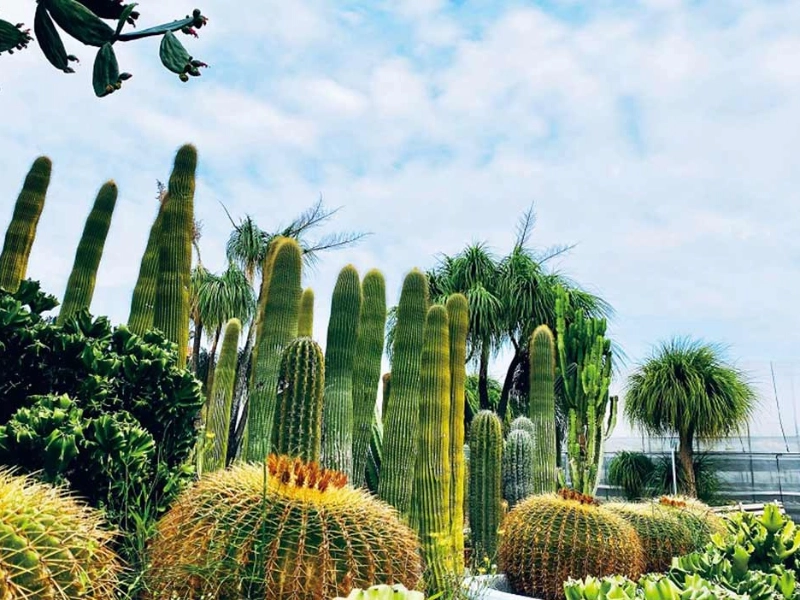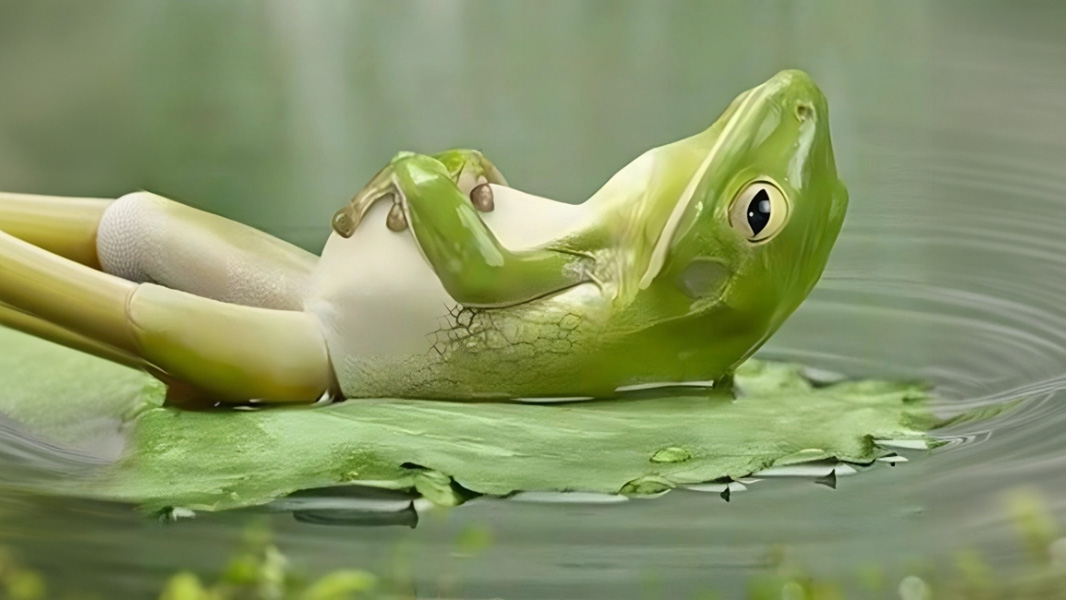How Cacti Adapt to Extreme Environments: Nature's Resilience
Advertisement
Particularly in arid deserts, cactus are amazing organisms that flourish in some of the most hostile conditions on Earth. Their capacity to live and grow under difficult circumstances highlights the resiliency and adaptation of nature. The several adaptations that allow cactus to survive in hostile conditions are investigated in this paper together with its special characteristics and survival tactics.
1. Water Storage: The Key to Survival

Advertisement
Among cactus' most important adaptations are their capacity for water storage. In desert settings, where rainfall is erratic and rare, cactus have developed specialised structures to effectively retain moisture. Like sponges, the fleshy parts of cactus help them to absorb and save vast volumes of water during infrequent rainfalls. Survival depends on this adaptation since it enables cactus to withstand protracted drought.
Thick, succulent stems of cactus allow them to swell with water, therefore enabling their survival over protracted dry times. A mature saguaro cactus, for example, may store up to 200 gallons of water, which lets it draw on these supplies when outside moisture is limited. Maintaining the physiological activities of the plant—including photosynthesis and development— depends on its capacity for water storage.
Apart from their capacity for holding water, cactus have a waxy covering on their skin called a cuticle. By lowering evaporation, this waxy coating helps the plant to retain moisture even in the hottest of temperatures, therefore minimising water loss. While still allowing the plant to photosynthesize, the cuticle serves as a barrier stopping water from leaving. The existence of the cactus depends on this harmony, particularly during the sweltering summer days.
Moreover, cactus have evolved shallow but broad horizontal- spreading root systems. These roots are meant to rapidly gather light shower rain before it evaporates. This adaptation guarantees that cactus can maximise any moisture available to them, so enabling their survival in conditions when other plants might find it difficult. With their many feet in diameter, the root systems allow the cactus to gather as much water as feasible from the nearby soil.
Moreover, cactus may control their water consumption depending on the surroundings. They can reduce their metabolic activities to save water during very hot spells. Their survival depends on this capacity to modify their physiology to fit new surroundings. Cactus can quickly absorb and retain water when it is plenty; but, they can efficiently manage their resources to survive until the following rainstorm when conditions are dry.
One of the most resilient plants in arid environments, cactus must first be able to store water if they are to survive through severe drought conditions. Their amazing adaptations enable some of the toughest conditions on Earth not just for survival but also for thriving.
You May Like
Advertisement

















